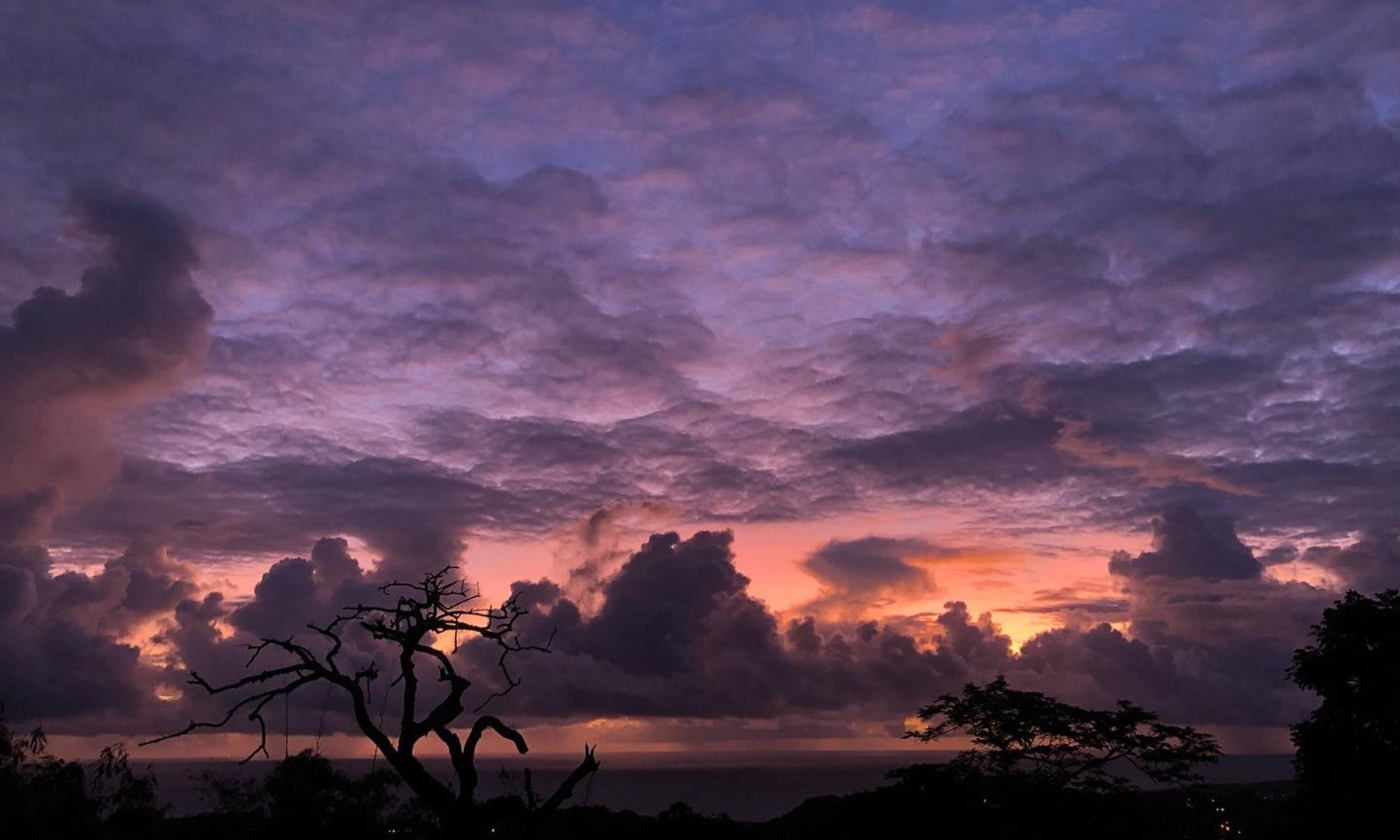The speaker on this tape is Ineniugman, a woman from Satawal Island who is estimated to be between 65 and 70 years old in 1988. The tape contains 11 songs, the first eight of which are repeated from an earlier tape. In this rendition the speaker has eliminated most or all of the explanations given earlier. These songs are usually sung to a specific tune, but on this tape the speaker is chanting them rather than singing. In contrast, on other tapes the speaker Ikirhep repeats some of the same songs ( of the type known as “arhuworhuw”) but has included the tunes.
The first through eighth songs are about the navigator and canoe builder Sittouwa from Satawal. They were previously chanted on an earlier tape and are here presented without the tunes. The ninth is a type of arhuworhuw called “ngus” which originated from Saipan and relates the story of an adopted boy who left with his foster father on a canoe voyage to Satawal. The canoe however got lost and during the course of the voyage the boy was thrown overboard by his adopted father. The canoe returnd safely to Saipan without reaching its destination, and the father subsequently lied to the boy’s mother about the reason for the death. This song was most likely composed by the mother to lament the death of the boy. It appears evident that she knew the actual cause of his disappearance, having been told by one of the other crewmen. The tenth song is a different one centering around the same story as that told in number 9.
The final song on the tape is about two brothers, one of whom was adopted by the
other’s mother. They were both navigators from Satawal, their names were Awnung and Saperhig. They attempted a voyage with each in charge of his own canoe, but when they became lost they discussed their situation together. One gave the other some of his personal belongings and each told the other that if he lived they should be returned to their mother. Only one brother’s canoe eventually reached land, finding the island of Nama in the upper Mortlock islands of Truk. He subseqwuently returned to Satawal via a canoe from Puluwat which had called at Nama. The story was most likely related to the mother who probably composed this song recounting the incident.
Angelina Nesepailug McCoy
Mike A. McCoy
September, 1988

